Understanding the Mexican Flame Knee Tarantula
The Mexican Flame Knee Tarantula (Brachypelma auratum) is a captivating terrestrial species known for its striking coloration and relatively docile temperament. Native to the Pacific coast of Mexico, these spiders are popular among tarantula enthusiasts due to their vibrant appearance and manageable care requirements. This comprehensive guide will provide you with all the essential information needed to successfully care for your Mexican Flame Knee Tarantula, ensuring its health, happiness, and longevity. From understanding their natural habitat to providing proper nutrition and recognizing health issues, this care sheet will be your go-to resource for everything related to these beautiful creatures. Caring for a tarantula can be a rewarding experience, offering a unique opportunity to observe fascinating behaviors and learn about the intricate world of arachnids.
Origin and Habitat
Mexican Flame Knee Tarantulas originate from the Pacific coast of Mexico, specifically in the states of Guerrero and Michoacán. In their natural habitat, these tarantulas reside in tropical deciduous forests and scrublands. They are ground-dwelling spiders, meaning they spend most of their time on the forest floor, often utilizing burrows or hiding under rocks and logs to escape the heat and predators. The climate in these regions is generally warm and humid, with distinct wet and dry seasons. Replicating these environmental conditions is crucial for the well-being of your pet tarantula. Understanding their origin allows you to create an environment that mimics their natural surroundings, thereby promoting their health and encouraging natural behaviors.
Appearance and Characteristics
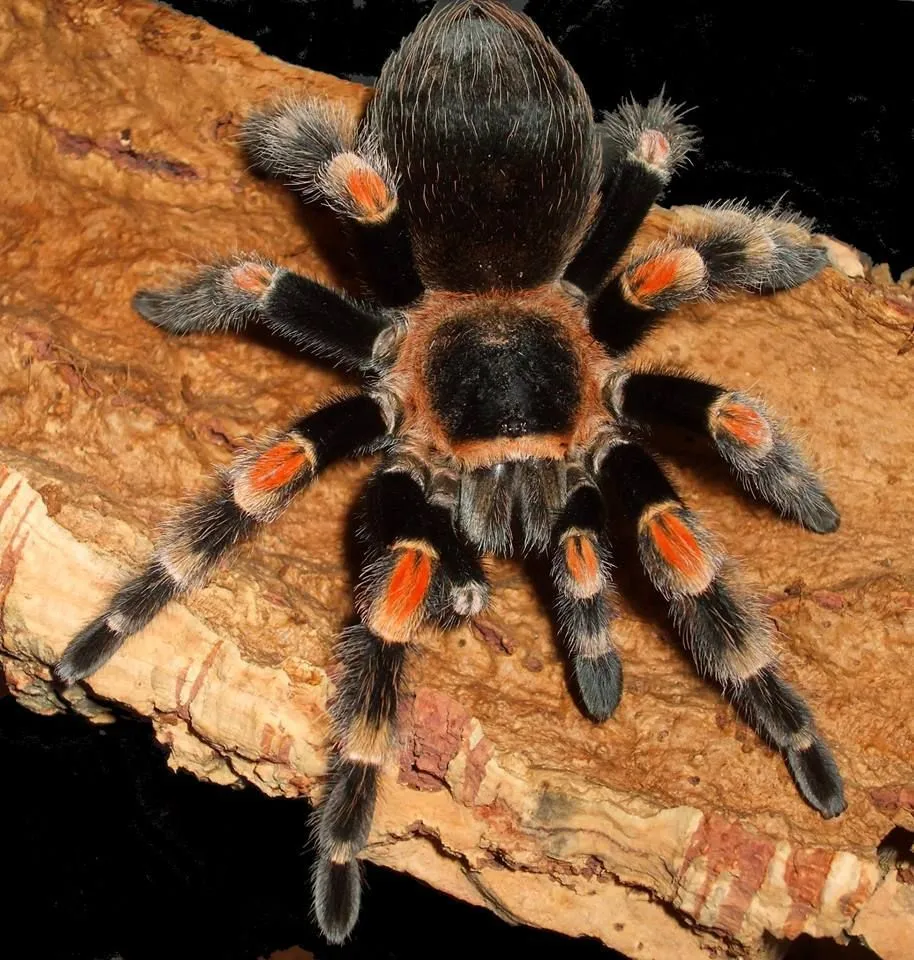
The Mexican Flame Knee Tarantula is named for the vibrant orange-red markings on its knee joints, contrasting beautifully with its black legs and carapace. The carapace is typically a dark brown or black color. The abdomen is covered in dark hairs, which the tarantula can flick off as a defense mechanism. These spiders are relatively large, with females often reaching a leg span of up to 6 inches. Males are generally smaller and have a longer lifespan. Their impressive size and striking appearance make them a visually appealing addition to any collection. The coloration intensity can vary slightly depending on the individual and their overall health. They are known for their docile nature, making them a suitable choice for those new to tarantula ownership.
Essential Equipment for Your Tarantula
Setting up the right enclosure is paramount for the well-being of your Mexican Flame Knee Tarantula. The enclosure should provide a secure and comfortable environment that mimics their natural habitat. Proper equipment ensures that your tarantula can thrive and exhibit natural behaviors. It’s important to prioritize the size and materials of the enclosure, the substrate, and the overall setup, as each element contributes to the tarantula’s health and happiness.
Enclosure Setup
A suitable enclosure for a Mexican Flame Knee Tarantula should be made of glass or clear plastic, with secure ventilation to allow for airflow while preventing escape. The size of the enclosure should be appropriate for the tarantula’s size. A general guideline is to provide an enclosure that is at least three times the tarantula’s leg span in width and length, and the height should be sufficient for the tarantula to burrow. A ten-gallon tank is usually adequate for a juvenile, while adults will require a larger enclosure, such as a 20-gallon long tank. The enclosure should also include a secure lid to prevent escape. Avoid using screen lids, as tarantulas can sometimes get their fangs caught in the mesh.
Substrate Selection

The substrate is the flooring of your tarantula’s enclosure and serves multiple purposes, including providing a surface for the tarantula to walk on, burrow in, and maintain humidity. The best substrate for a Mexican Flame Knee Tarantula is a mixture of peat moss, coconut fiber (coir), and a small amount of vermiculite or sphagnum moss. This combination retains moisture well, allows for burrowing, and mimics the natural substrate found in their habitat. Avoid using substrates like sand or gravel, as these are not suitable for burrowing and can be difficult to maintain. The substrate depth should be at least 4-6 inches to allow for burrowing. Regularly check and replace the substrate every few months to maintain hygiene and prevent the build-up of mold or bacteria.
Decorating the Enclosure
Decorating the enclosure provides enrichment for your tarantula and makes the environment more natural. Include items such as cork bark, artificial plants, and a shallow water dish. Cork bark provides hiding places and allows the tarantula to feel secure. Artificial plants can help to maintain humidity levels. Ensure that any decorations are non-toxic and securely placed to prevent them from falling and potentially harming the tarantula. The water dish should be shallow enough to prevent the tarantula from drowning. Regularly clean the water dish and replace the water to prevent bacterial growth. Avoid using anything that could be sharp or abrasive, which could harm the tarantula’s delicate exoskeleton.
Temperature and Humidity
Maintaining the correct temperature and humidity levels is critical for the health of your Mexican Flame Knee Tarantula. These tarantulas thrive in a temperature range of 75-85°F (24-29°C). You can use a heat mat or a low-wattage heat lamp to maintain the appropriate temperature. Place the heat source on the side of the enclosure, not directly underneath, to prevent overheating. The humidity level should be maintained between 60-70%. You can monitor the humidity using a hygrometer. Achieving the right humidity level involves misting the enclosure with water a few times a week, and providing a water dish for hydration. Good ventilation is also essential to prevent mold growth, but avoid excessive airflow, which can dry out the enclosure.
Maintaining the Environment
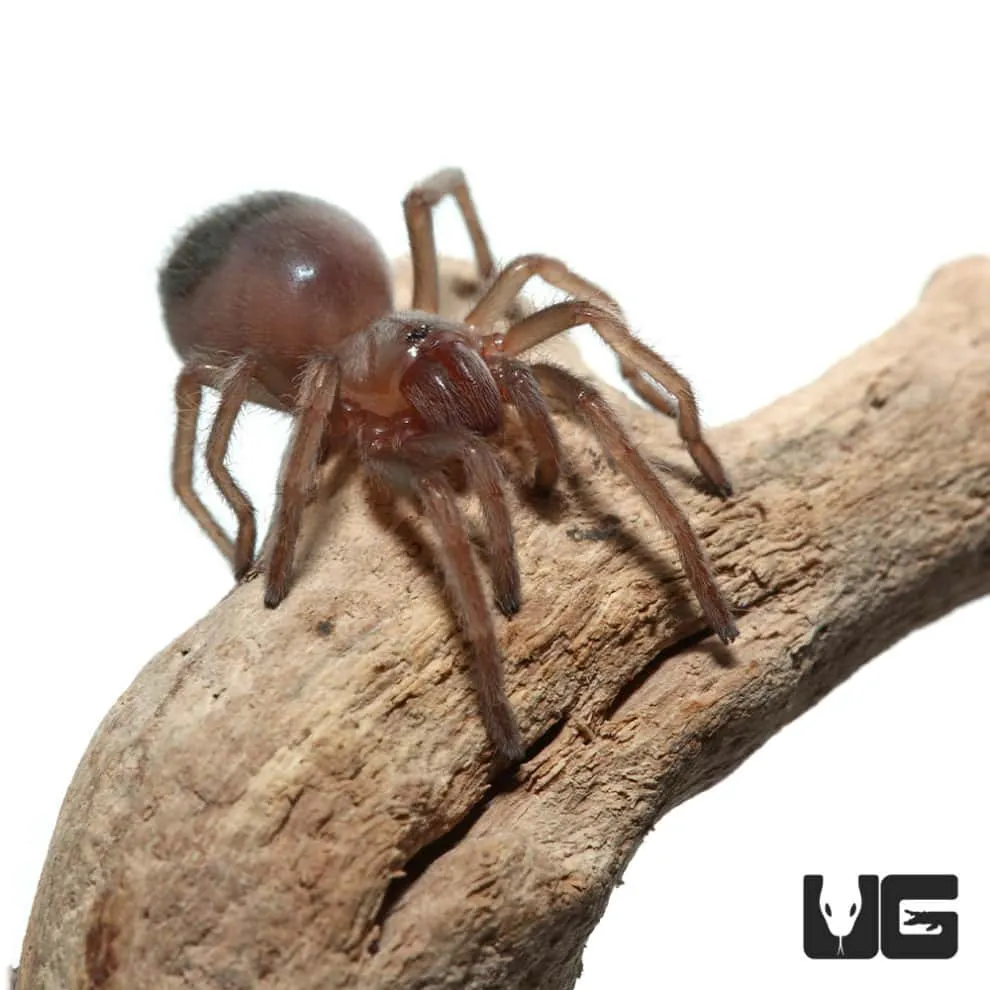
Regularly monitoring and maintaining the enclosure is crucial for your tarantula’s health. Check the temperature and humidity daily, and make adjustments as needed. Spot clean the enclosure weekly, removing any uneaten food, dead insects, or waste. Complete substrate changes should be performed every few months or when the substrate becomes heavily soiled. Always ensure that the enclosure is secure to prevent escape. Proper maintenance not only contributes to the tarantula’s well-being, but also makes the enclosure more pleasant to look at. Also check for any signs of mold or mites, and address these issues promptly to prevent them from affecting your tarantula.
Feeding Your Mexican Flame Knee
Proper nutrition is essential for the health and growth of your Mexican Flame Knee Tarantula. Understanding their dietary needs, frequency of feeding, and the appropriate types of food will ensure your tarantula thrives. A balanced diet contributes to the tarantula’s overall health and well-being, allowing it to molt successfully and live a long and healthy life. Monitoring your tarantula’s eating habits will help you identify any potential health issues or changes in its appetite.
Diet and Feeding Frequency
Mexican Flame Knee Tarantulas are primarily insectivores. Juvenile tarantulas should be fed more frequently, about two to three times a week. Adults can be fed less often, usually once every one to two weeks. The feeding frequency can also depend on the tarantula’s size and the size of the prey items. Overfeeding can lead to obesity, which may cause health problems. It is better to err on the side of underfeeding than overfeeding. After feeding, remove any uneaten food within 24 hours to prevent mold and the build-up of other pests. Observe your tarantula’s behavior and adjust the feeding schedule accordingly, as appetite can vary.
Types of Food
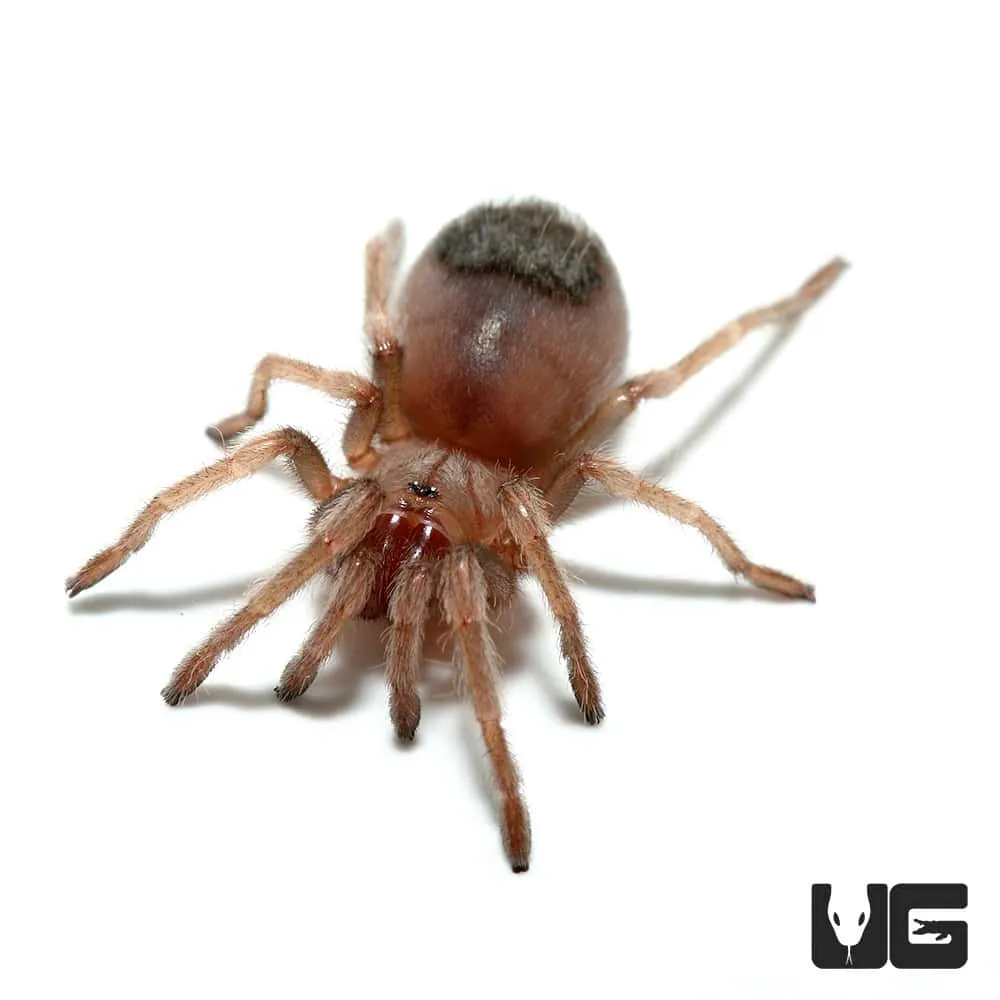
A variety of insects can be offered to your Mexican Flame Knee Tarantula. Crickets and mealworms are common choices, but you can also use roaches (such as Dubia roaches), locusts, and other commercially available insects. Ensure that the insects are gut-loaded (fed a nutritious diet) before offering them to your tarantula. Gut-loading the insects ensures that the tarantula receives a more balanced diet. The size of the prey should be appropriate for the tarantula’s size; it should not be larger than the tarantula’s body. Avoid feeding wild-caught insects, as they may carry parasites or pesticides that can harm your tarantula. Also, be careful when feeding with superworms, as their exoskeletons are harder to digest, offer these only sparingly. Always have a source of fresh water available for your tarantula.
Watering and Hydration
Providing a clean water source is essential for the health and hydration of your Mexican Flame Knee Tarantula. A shallow water dish should always be available in the enclosure. The water dish should be filled with fresh water, and the water should be replaced every few days to prevent bacterial growth. In addition to the water dish, you can mist the enclosure with water a few times a week to maintain humidity levels. Tarantulas absorb water through their mouthparts, so it is important to ensure that they always have access to a clean water source. Never use tap water directly, use bottled or dechlorinated water. Monitoring your tarantula’s behavior and providing the right amount of hydration will help maintain its overall well-being.
Molting and Growth
Molting is a natural process in which tarantulas shed their exoskeletons to grow. This process is crucial for their development. Understanding the signs of molting and how to care for your tarantula during this time is essential for their well-being. During molting, the tarantula becomes vulnerable, and it is important to provide a safe and stress-free environment.
Recognizing Molting Signs
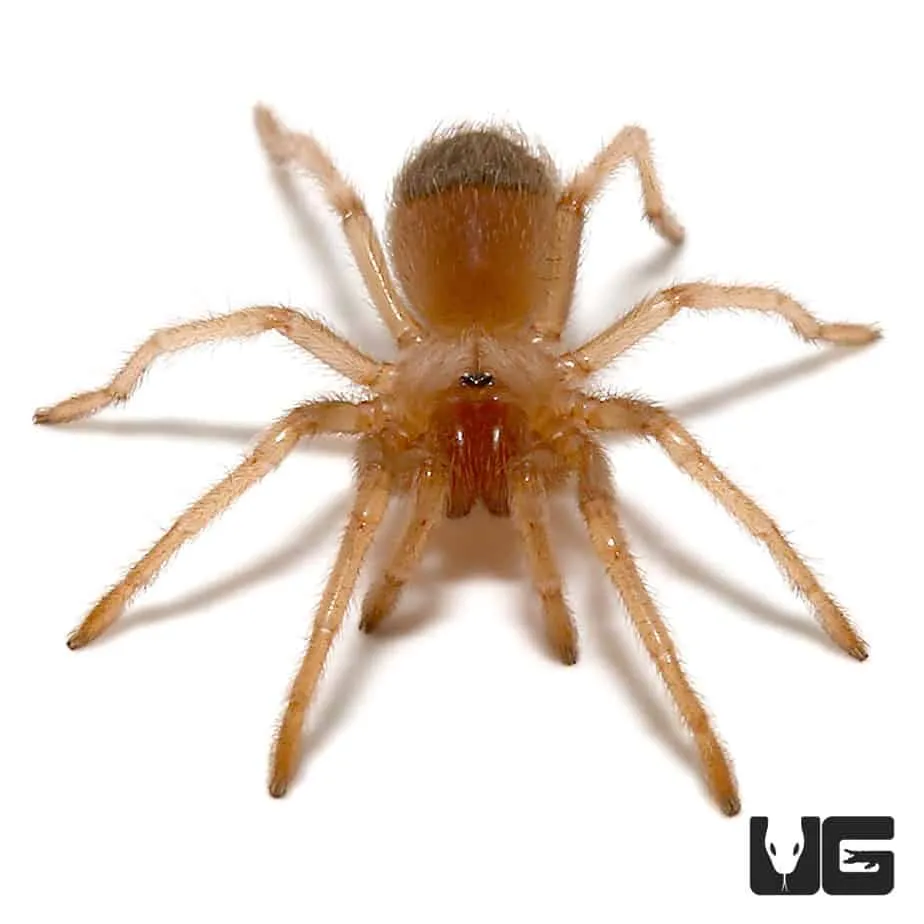
Several signs indicate that your Mexican Flame Knee Tarantula is preparing to molt. The tarantula may become less active and may refuse to eat for a few weeks before molting. The abdomen may appear darker, and the tarantula may start constructing a web mat. You may also notice the tarantula lying on its back, which is a clear indication that it is in the process of molting. The entire process can take anywhere from a few hours to a day. During the pre-molt period, provide a quiet and undisturbed environment, and avoid handling the tarantula.
Caring for Your Tarantula During Molt
During molting, it is critical to provide a stress-free environment. Avoid disturbing the tarantula. Do not feed the tarantula. Ensure the enclosure has adequate humidity. Once the tarantula has molted, do not feed it for a few days to allow its new exoskeleton to harden. After the exoskeleton hardens, you can resume feeding with small, soft-bodied insects. The tarantula may be more vulnerable immediately after molting. Never attempt to assist the tarantula with the molting process. Allowing the tarantula to molt naturally is crucial. After molting, observe the tarantula for any injuries or abnormalities.
Handling and Safety
While Mexican Flame Knee Tarantulas are generally docile, handling should be approached with caution. It is crucial to prioritize the safety of both the tarantula and the handler. Understanding the risks and practicing safe handling techniques will ensure a positive experience.
Safe Handling Practices
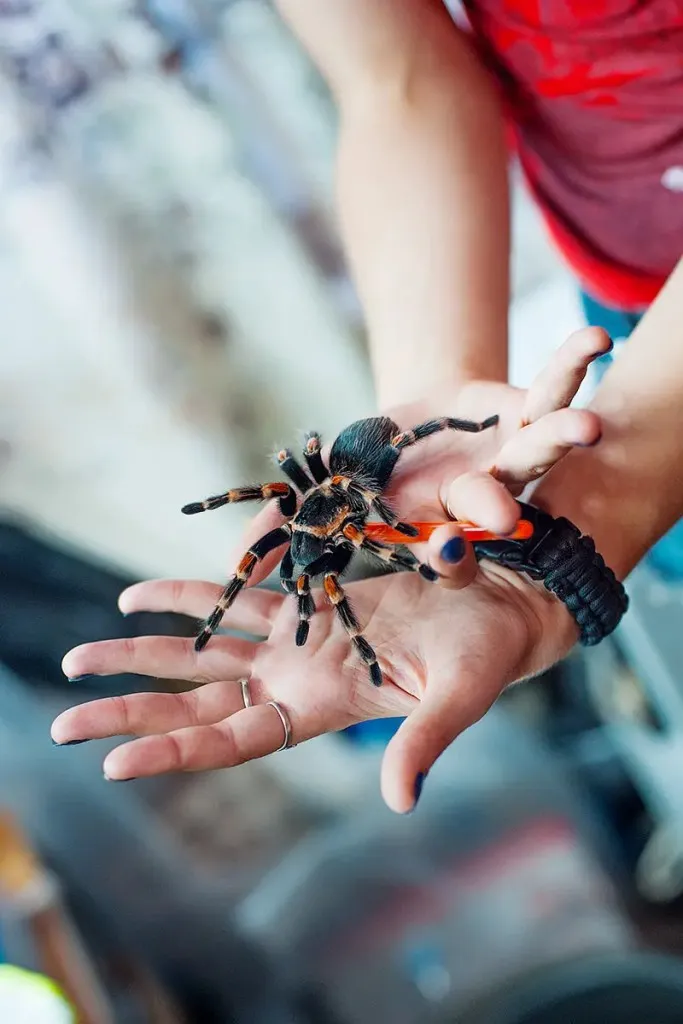
If you choose to handle your tarantula, do so with extreme care. Always handle the tarantula close to the ground or a soft surface to minimize the risk of injury if it falls. Avoid sudden movements, and speak calmly to the tarantula to avoid startling it. Never handle a tarantula if you are nervous or unsure. Wash your hands thoroughly before and after handling. If the tarantula is displaying defensive behaviors, such as raising its front legs or flicking hairs, it is best to leave it alone. Remember that tarantulas are not social animals, and handling should be kept to a minimum, if at all. Consider wearing gloves for additional protection.
Potential Dangers
Mexican Flame Knee Tarantulas can bite, although they rarely do. A bite from a tarantula is not usually life-threatening but can be painful. They also possess urticating hairs on their abdomen, which they can flick off as a defense mechanism. These hairs can cause skin irritation, itching, and respiratory problems if inhaled. Avoid touching or disturbing the tarantula’s abdomen. Be mindful of the tarantula’s behaviors. Be aware of the potential risks and take appropriate precautions, and always supervise children. If bitten, wash the area thoroughly with soap and water, and seek medical attention if necessary.
Health and Common Issues
Like all pets, Mexican Flame Knee Tarantulas can be susceptible to certain health issues. Recognizing the signs of illness and taking preventative measures are essential for maintaining their well-being. Regular observation and a proactive approach to health care will help ensure that your tarantula lives a long and healthy life.
Preventing Health Problems
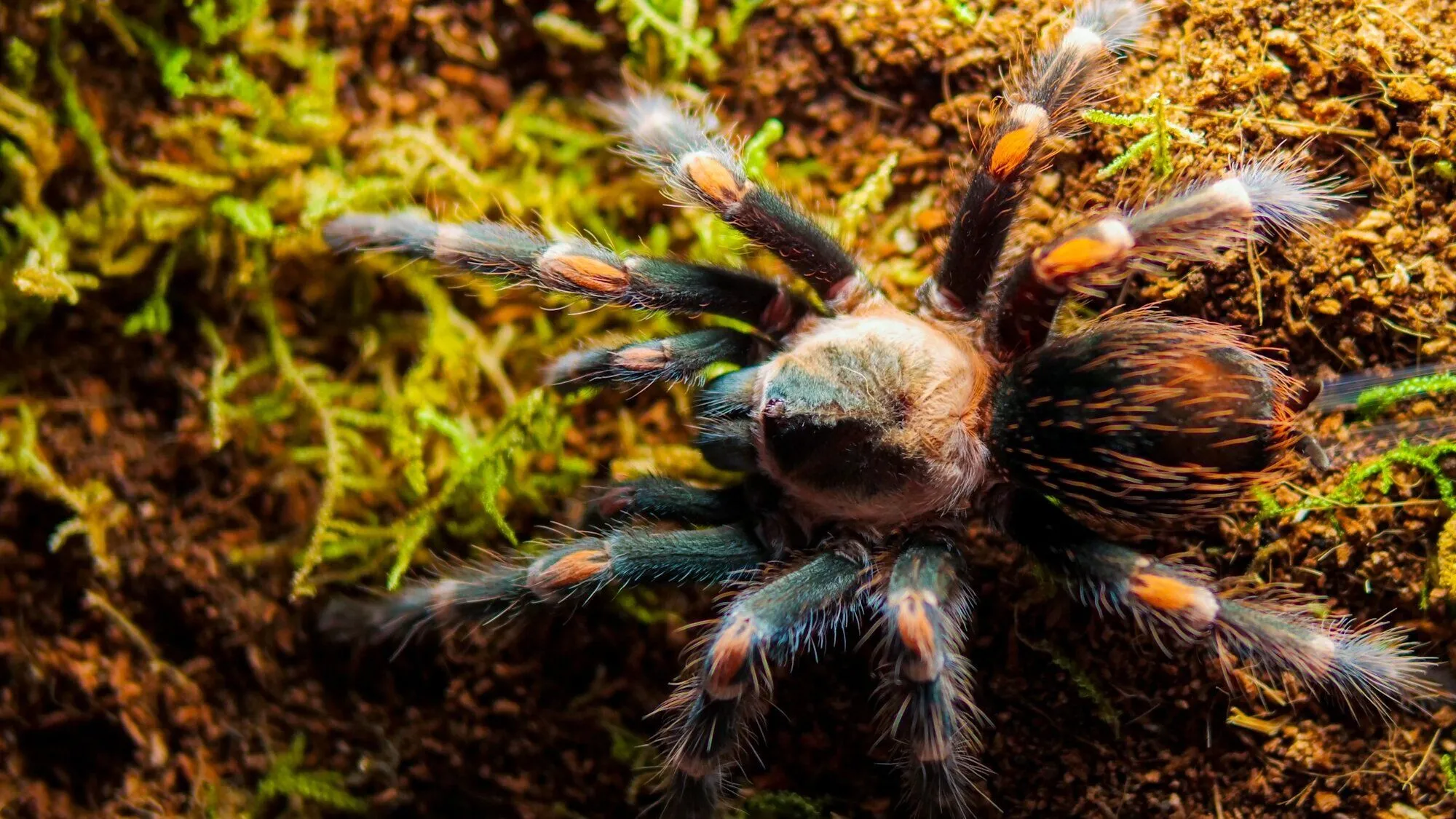
Several measures can be taken to prevent health problems in your Mexican Flame Knee Tarantula. Maintaining the proper temperature and humidity levels is critical. Provide a clean and appropriate substrate. Ensure a balanced diet and avoid overfeeding. Provide a clean water source at all times. Regularly clean the enclosure and remove any uneaten food or waste. Quarantine new tarantulas for a few weeks before introducing them to your collection. Regularly inspect your tarantula for any signs of illness, such as lethargy, loss of appetite, or unusual behaviors. These preventative measures, combined with a watchful eye, are your best defense against health issues.
Identifying and Treating Illness
Several signs may indicate that your Mexican Flame Knee Tarantula is ill. These include lethargy, loss of appetite, unusual posture, difficulty molting, or the presence of parasites. If you observe any of these signs, consult a veterinarian specializing in exotic animals or a knowledgeable tarantula breeder. Common health issues include mites, fungal infections, and injuries. Mites can often be treated with specific treatments, and fungal infections might require antifungal medications. Injuries should be addressed promptly to prevent further complications. Early detection and treatment are key to successful management. It is always best to seek professional veterinary care for diagnosis and treatment. Always follow any advice from a veterinarian.
Breeding and Reproduction
Breeding Mexican Flame Knee Tarantulas can be a fascinating but challenging endeavor. It is best to be a knowledgeable tarantula keeper before attempting to breed. Understanding the process, from sexing the tarantulas to raising spiderlings, is crucial for success.
Considerations for Breeding
Before attempting to breed Mexican Flame Knee Tarantulas, you need to identify the sex of the tarantulas. Males have a characteristic mating hooks on their front legs. Females are generally larger. You’ll also need to ensure both the male and female are healthy and well-fed. The environment must be optimal, with appropriate temperature and humidity. Breeding should only be attempted when the female is ready to mate. After mating, you must provide the female with a suitable enclosure and plenty of food. Be prepared to separate the female from the male immediately after mating, as the female may be aggressive. Breeding tarantulas requires patience, knowledge, and proper resources.
Raising Spiderlings
If the female produces an egg sac, you will need to provide a suitable environment for the spiderlings to hatch. Keep the eggs at the same temperature and humidity levels as the adults. Once the spiderlings hatch, they will need to be separated and provided with a suitable enclosure. Small enclosures like deli cups are often used. Spiderlings need small prey items, such as flightless fruit flies or pinhead crickets. Regular feeding and monitoring are essential for their growth. Spiderlings are very vulnerable and require a high level of care. It can be a rewarding experience. Be aware that breeding tarantulas can result in a large number of spiderlings, so it is crucial to have a plan for their care or rehoming.
